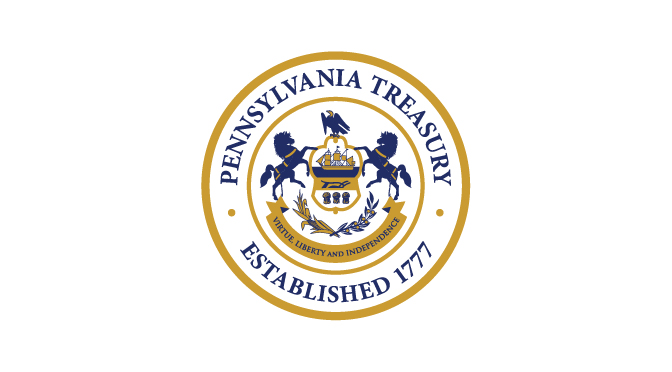|
|
After the deposit is made, the state’s reserve fund will be nearly $7 billion
Harrisburg, PA — Pennsylvania Treasurer Stacy Garrity today praised the General Assembly and the Governor for adding about $740 million to the state’s Rainy Day Fund as part of the state budget for Fiscal Year 2024-25 – bringing the state’s reserve fund to a record high, nearly $7 billion.
“Building Pennsylvania’s Rainy Day Fund strengthens our fiscal outlook as we prepare for the future,” Treasurer Garrity said. “When I took office, we had one of the worst reserve funds in the country – the Rainy Day Fund was so small that it would barely cover the Commonwealth’s bills for two days. Now, thanks to four consecutive years of strong savings, we’re well above the national median. A big part of responsible budgeting is setting money aside when you can, and I strongly support this smart decision by the General Assembly and the Governor.”
The balance of the state’s reserve fund, currently $6.25 billion, will increase to approximately $6.987 billion when the deposit is made. That’s enough money to run the Commonwealth for 53.6 days. According to The Pew Charitable Trusts, the national median is 46.0 days.
In November, Treasurer Garrity announced that the Treasury Department created a new investment pool dedicated exclusively to the Rainy Day Fund. The new pool is creating greater investment returns for the fund while maintaining necessary liquidity.
The Rainy Day Fund, formally known as the Budget Stabilization Reserve Fund, provides a fiscal safety net for possible economic downturns to help prevent tax hikes and cuts to discretionary programs.
Building and maintaining the Rainy Day Fund are integral to responsible state budgeting. Moody’s emphasized the need for a strong Rainy Day Fund in its September 2023 Rating Action which upgraded Pennsylvania’s outlook from stable to positive and affirmed our state’s Aa3 rating: “Maintenance of adequate reserves is particularly important in Pennsylvania given a history of protracted budget negotiations, as well as demographic weaknesses that could have negative implications for long-term job growth, overall economic performance and state revenue.”
Information provided to TVL by:
Samantha Heckel







